Although it would be interesting to see, creative ideas do not rain down from the sky, waiting to be plucked Venus fly trap-like from the air. Instead, they are usually the result of the subconscious part of the mind acting upon sensory experiences—in other words, what we see, hear, smell and touch. "So you see," says newspaper columnist and writer Brenda Ueland, the first female reporter for the Minneapolis Tribune, "imagination needs noodling—long, inefficient, happy idling, dawdling and puttering."
The importance of involving the senses, and of exposing oneself to varied experiences, is that artists draw upon both to generate ideas. Julia Cameron, in The Artist's Way: A Spiritual Path to Higher Creativity, stresses that art is an "artist-brain pursuit" that needs to be fed with images. "The artist brain is the sensory brain," she writes, "sight and sound, smell and taste, touch." She explains that we need to stock our artistic reservoir "like a well-stocked trout pond," filling it with all kinds and sizes of proverbial fish that can be cooked up in different ways. That this is the case is evidenced by various members of the BBEST team, although not everyone generates ideas deliberately.
Sara of LaughingOtterJewelry claims she does not really have methods for generating ideas, yet imagery is clearly tied closely to how ideas spring into her mind. "There are two ways I get my ideas for my jewelry pieces . . . from the beads themselves—their energy. They 'speak' to me and I can visualize in my mind how the piece will come together. I also sometimes get ideas from vintage jewelry or from the person themselves (commissions). These are usually thoughts or ideas of what they think they want or how they want it to feel. Then I take the thoughts and ideas, and create."
Chris, in other words, employs some basic principles of creative problem-solving that allow her to generate new ideas. According to Donald J. Treffinger, Ph.D., president of the Center for Creative Learning in Sarasota, Florida, these idea-generating principles include:
- deferring judgment, or letting ideas simply flow without analyzing them until later
- striving for quantity, or seeking lot of options
- freewheeling, or giving yourself permission to be playful, and
- seeking combinations, or allowing one idea to lead to another or be combined with another.
This is exactly how creative ideas come to Rose of Big Island Rose Designs. She says that creative ideas come to her when she least expects them, when she needs a break from something else, when she's working, goofing off or even resting. They also come to her when she sees something at a craft show or in a magazine. "I think about how I can do it my way. That's how the yoyo pineapple was born; I saw one made of folded fabric and thought to do it with yoyo's." Rose doodles at work, and has started writing her blog entries on the bus.
Liz of Liz Plummer says that going for a walk often helps her generate ideas or think things through, after which she brainstorms by writing down her ideas. Rhythmic or repetitive activities such as walking, needlework, cooking, vacuuming and the like do, in fact, help our subconscious mind generate ideas. "Why do I get my best ideas in the shower?" Albert Einstein is said to have asked. Ideas bubble up through our subconscious minds to the surface, challenging us to capture these ideas in a systematic way. Liz uses sketchbooks and notebooks, or whatever is handy, to write down ideas as they occur to her. She also uses "morning pages," as described by Julia Cameron in The Artist's Way. "If it's something I want to find again, I put asterisks all round it," says Liz. "And I have a box which I keep of photos that I find inspiring."
Liz describes morning pages as an exercise in which you write for three pages every morning. "It's just a 'stream of consciousness' thing where you write down whatever comes into your head without filtering it. It is meant to clear your mind of all the annoying day to day stuff so you can get creative. But I also use it if I have to think about something, just to mull it over. There's something about writing something down that helps me think." Julia Cameron describes morning pages as a meditation exercise, similar to practicing yoga to expand your consciousness.
Berit of Singing Images uses repetition in a deliberate manner to generate ideas. "I like to start with a theme, like bottles," she says, "and then repeat, repeat, repeat, and see where the work takes me." She does not really have a method to track her ideas, but does have "lots of little scribbles on lots of small pieces of paper in lots of drawers."
Several BBEST members are so "open" to the activity of their subconscious minds, that their challenge is not finding ways to generating ideas, but to record them instead. Elaine of rosegardenfae, for example, looks often to nature and its patterns, to colors and their variations, and to the work of others on the Internet, in books, magazines and on Etsy. To keep track of all of her ideas, she says, "I keep several notebooks filled with ideas, notes, and illustrations, as well as an online file that contains pictures of things I'd like to do."
Mike of GimmeBeads, who works with glass, says he spins imaginary rods of glass in his head "nearly 24/7." He points out, "I can't even find my jeans in the morning, so having any organized method of keeping up with ideas is out of the question. I have so many of them," he says, "I'm never at a loss for something to work on."
Similarly, Suz of whimseys says, "I don't really think much about how to get ideas. They just pop into my head, and then I am compelled to act on them. No matter what time of day it is, I just gotta do it. Then I just go with the flow—no real planning—I let the creative process take over. Sometimes it lasts for days and days, and the ideas keep coming—fast—but then there are times when nothing is happening, no matter how hard I try to think about it." Suz does not generally write down her ideas, but if she does, she tends to act on them right away.
Joon of joonbeam's biggest dilemma is finding ways to capture the images and ideas that pop into her head. "I have notebooks of all shapes and sizes scattered about," she says. "I do keep specific Etsy notebooks. I prefer unlined paper, which, for some reason, is harder to find in attractive notebooks. Once I get that Bind-it-All . . . look out, world! But, seriously, how do we keep track of so many ideas? If I were to capture even 1% of mine, I'd be jotting and drawing all day long. I'm fortunate to have Scout [Joon's daughter], because if I mention an idea to her, she will recall it months, or even years later, at random moments. Internal Photographic Memory. Now, there's an idea."
Several BBEST artists have organized approaches to gathering ideas they have generated. For Myfanwy of SassaLynne at Etsy, since most of her ideas evolve as the result of playing with color, keeping a series of journals and sketch books is essential.
"The way that I mix dye results in unexpected combinations, and so often I find that this inspires me," Myfanwy explains. "The colors will suggest something and I'm away. Sometimes I translate the design into artwork; paint on paper is a usual starting point. But at other times I work very intuitively and the work just evolves."
Barb of BLAZINGNEEDLES, who specializes in original machine knitting and hand crocheted designs, uses a combination of computers and a dry erase board to keep track of her ideas. "The white board keeps my ideas for future projects when I get the time," she explains. "There are usually 50 ideas there. So many ideas, so little time!"
Barb tries to look at everyday items from a different perspective, for example, imagining what else she can develop from a felted sweater. "Many times friends will ask me to make something I never thought of—a golf club cover. I like to shop at dollar stores and see what they have that I can use. I have bins of cute things that I bought on sale that may give me inspiration some day."
Like Barb who collects items from dollar discount stores, Eileen of Chauncey Design has a collection of her own that inspires her. "I don't have a method of generating ideas," she says, "except for my obsession with supply catalogs. Looking at all the latest sometimes gives a spark, but always a drool." She adds that she is not consistent at keeping track of ideas, although she has jotted down her ideas in a notebook on occasion. "I think if the idea is any good, I should be able to remember it. If I forget it, it must have been forgettable."
Barb and Chauncey's approach to idea generation is what textile artist Susie Monday refers to as "accidental collections." Susie, who has a vintage collection of table cloths, says that accidental collections consist of items that appeal to you, that you pick up here and there, and one day you realize there is a pattern to what you have been collecting. "And whether you think your accidental collection has anything to do directly with your art or not," she says in her blog post, Vintage Inspiration & Accidental Collections, "it probably has something to do with your strong suits and inclinations in the sensory world." Being aware of your preferences on a more conscious level is key to taking advantage of their inspiration.
Whether you capture the ideas you generate in detailed notebooks or sketches, on index cards or in computer files, being able to translate the subconscious meanderings of your mind in a more organized fashion allows you to take advantage of what Meg Mateo Ilasco calls the ideation process. "Whether your mind is forever churning out ideas or your inspiration comes in occasional spurts of brilliance, you need to be ready to seize these creative opportunities."
© 2009 Judy Nolan. All rights reserved. Please note that the images in this post are owned by the artists and may not be used without permission. Simultaneously published at http://sparklines.blogspot.com.

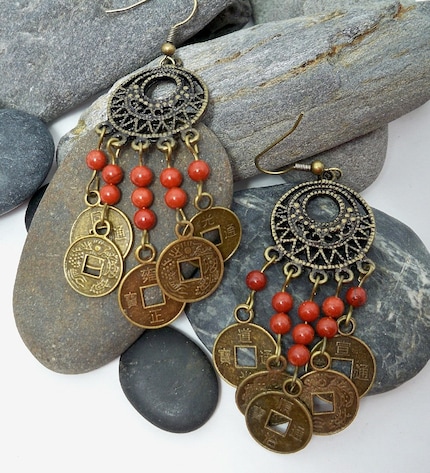
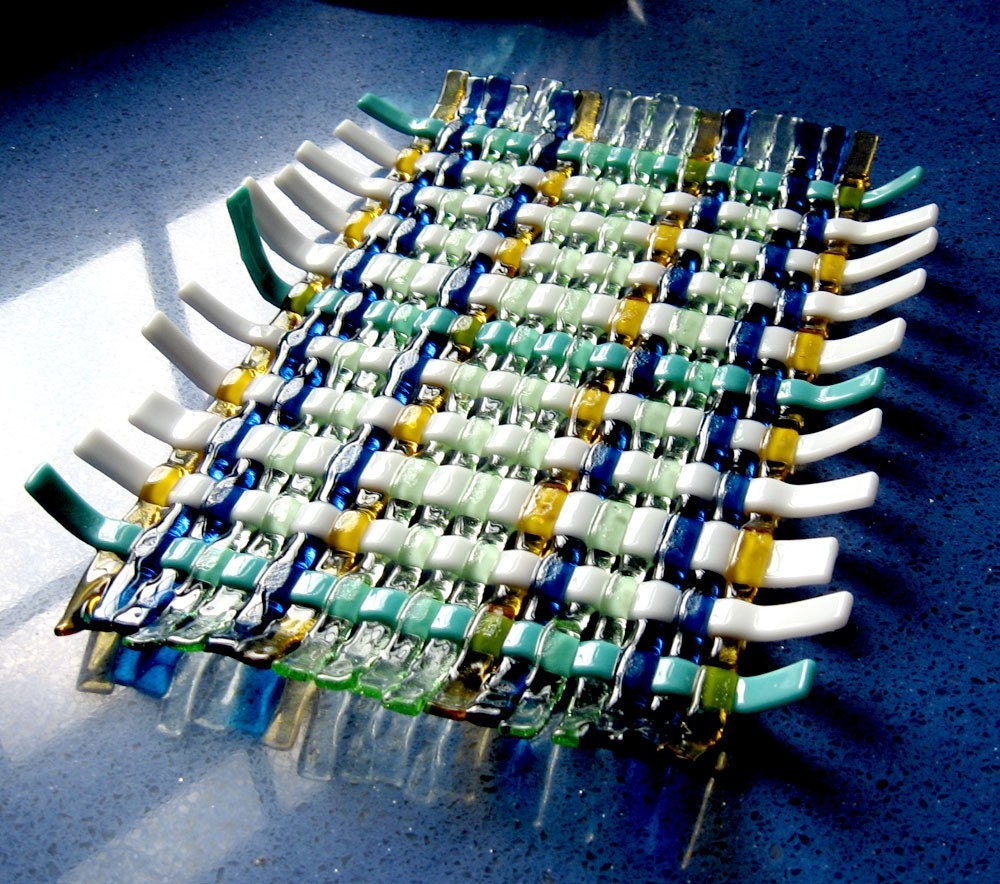
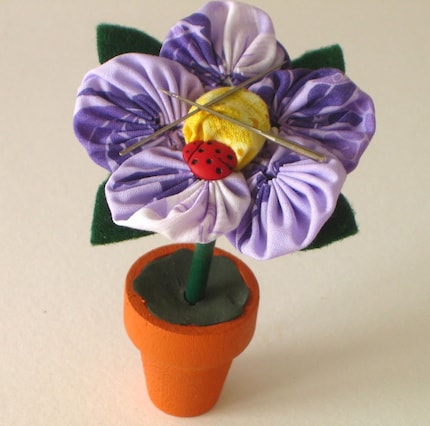
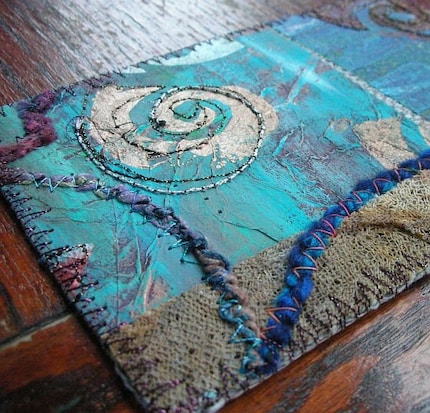
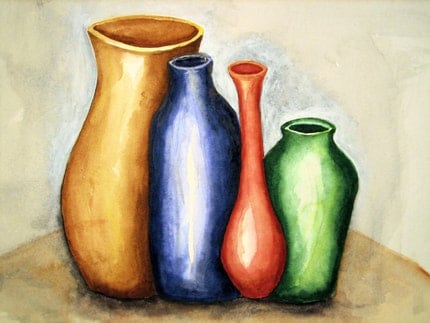
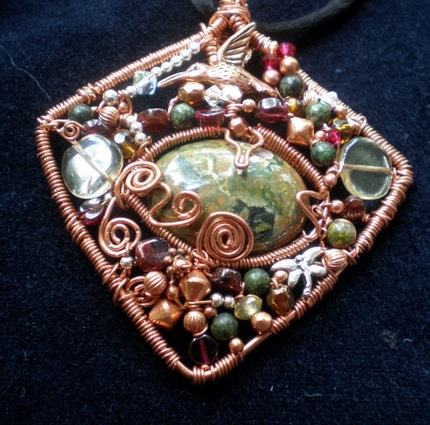
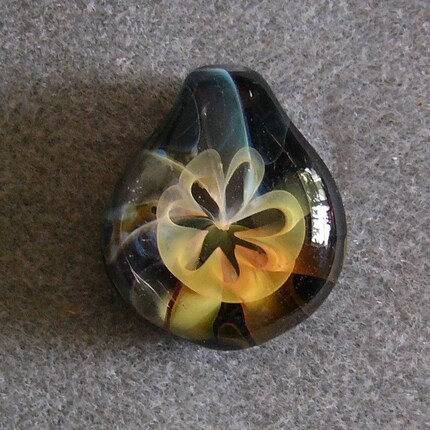
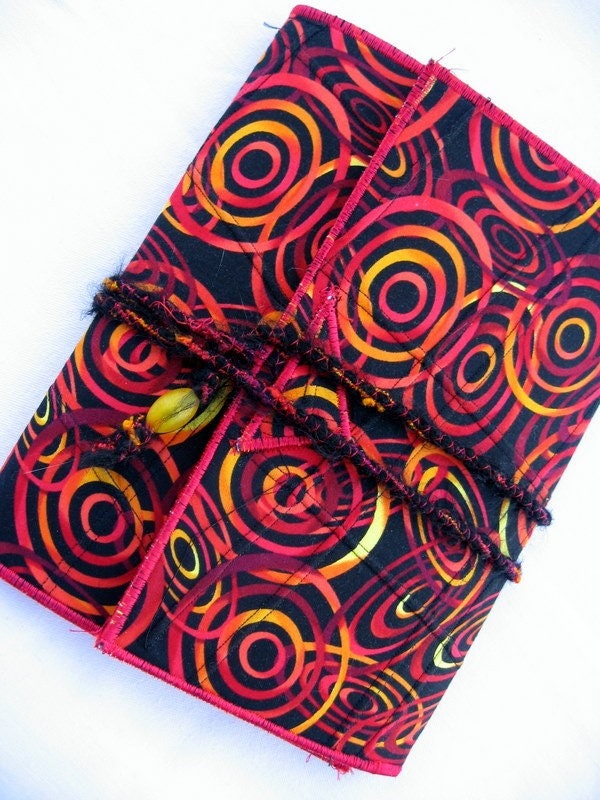

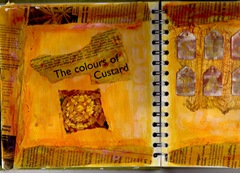


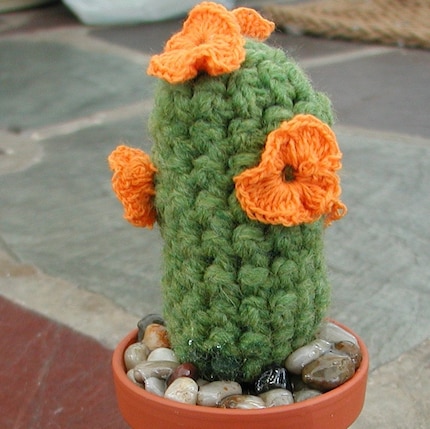
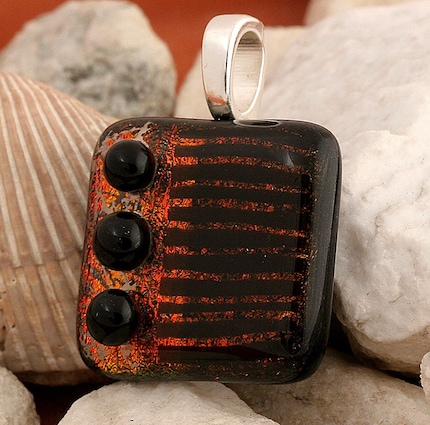







21 comments:
Another great article, Judy. Thanks for sourcing all this info.
Judy this is a wonderful article, full of inspiration for us, thank you!
Judy this is great! Thank you!
Oh, I love this one, Judy. We learn a little bit about methods and our teammates and theories and practices all rolled into one. I especially like the accidental collection segment. I will start looking at mine in a new light now and see what happens. Oh no! More ideas! Where's a piece of paper?
PS. You also made my day. Now that I know that our Einey (we have an Einstein collection ...must think on this) had the shower thought dilemma, I feel like a million [squared] bucks.
Judy this is wonderlul. Loved reading about our friends
and their creative processes. Thanks !
Wonderful, well written article about the processes we all use to get to the final product...our art.
Thank you!
JN, what a great look into the process of creating. Fabulous post!
We are such a creative bunch! How interesting to learn how others process their creative ideas. Thank you Judy, very good article!
Excellent and enjoyable article, Judy!
Nonnie
What an interesting post and how revealing!
Thanks so much for the link -- a great site and post. I have written quite a lot about creative process for those on this blog who's like to know more about strong suits and sensory input! Thanks for visiting.
another interesting article, nice work, Judy!
Great post! Although I wish my creativity was more consistent, it ebbs and flows like it does for many people. It can be frustrating for those we live with to see us veering off in many directions at once, starting and stopping new crafts and not focusing on only one at a time. But in the end, I find these seemingly scattered interests gel at some point (sometimes years later!); there were streams of ideas that just needed time to converge into a cohesive place.
What a great post! Thanks for including me. Aren't we the creative bunch :)
Great blog (as usual)! Thanks for sharing the work of these creative individuals. I am inspired!
Wonderful article, Judy! I've mentioned it on my blog... or at least it will be when Live Writer finally deigns to publish it...
This is a great article, well written and with so many people's input into how they get into their creative space. I have a lot of ideas when I'm in the bathtub, I have a super garden tub, can't sketch or write things down there though, so a lot of them go down the drain. As Chauncey said, If it's a good idea, I'll remember it.
I love Julia Cameron's writings, Julie. This post is a great feature on her themes. These are some of my favorite and talented BBEST friends!
Great post Judy! Very interesting to hear how everyone generates ideas.. I'm honored to be included:)
wow what a fabulous article!!!not only was it informative re the general sense of creativity, but we were also able to learn more about our BBEST friends!!
thank you for writing this Judy!
:)
What an interesting, well-researched, and personalized article on where artists get their ideas! Excellent! Thank you so much!
Post a Comment